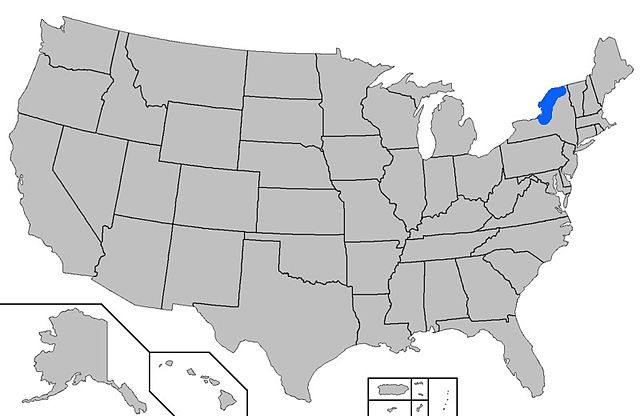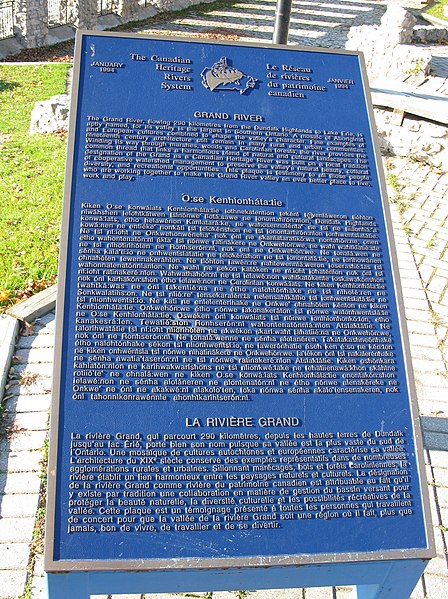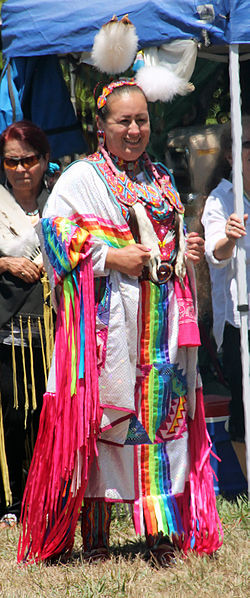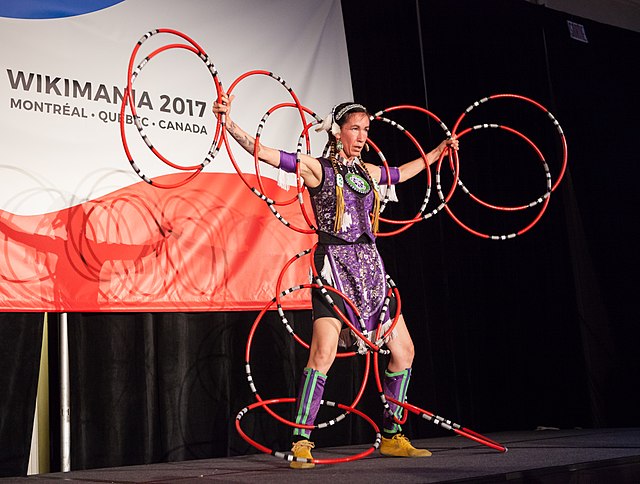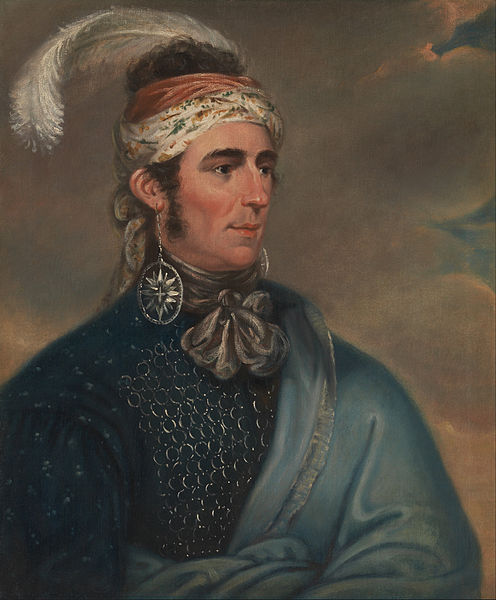Mohawk is an Iroquoian language currently spoken by around 3,500 people of the Mohawk nation, located primarily in current or former Haudenosaunee territories, predominately Canada, and to a lesser extent in the United States. The word "Mohawk" is an exonym. In the Mohawk language, the people say that they are from Kanien:ke and that they are Kanienʼkehá꞉ka "People of the Flint Stone Place" or "People of the Flint Nation".
Current distribution of Mohawk speakers in the United States.
Mohawk language stop sign.
Plaque in English, Mohawk, and French describing the Grand River. Plaque located in Galt, Cambridge, Ontario
A warning sign in Mohawk
The Kanien'kehá:ka are in the easternmost section of the Haudenosaunee, or Iroquois Confederacy. They are an Iroquoian-speaking Indigenous people of North America, with communities in southeastern Canada and northern New York State, primarily around Lake Ontario and the St. Lawrence River. As one of the five original members of the Iroquois League, the Mohawk are known as the Keepers of the Eastern Door – the traditional guardians of the Iroquois Confederation against invasions from the east.
Thayendanegea or Joseph Brant, by Gilbert Stuart (1786)
Kanienʼkehá:ka dancer at a pow wow in 2015
Contemporary Quebec Kanienʼkehá꞉ka dance performance at Wikimania 2017
Teyoninhokovrawen (John Norton) played a prominent role in the War of 1812, leading Iroquois warriors from Grand River into battle against Americans. Norton was part Cherokee and part Scottish.

